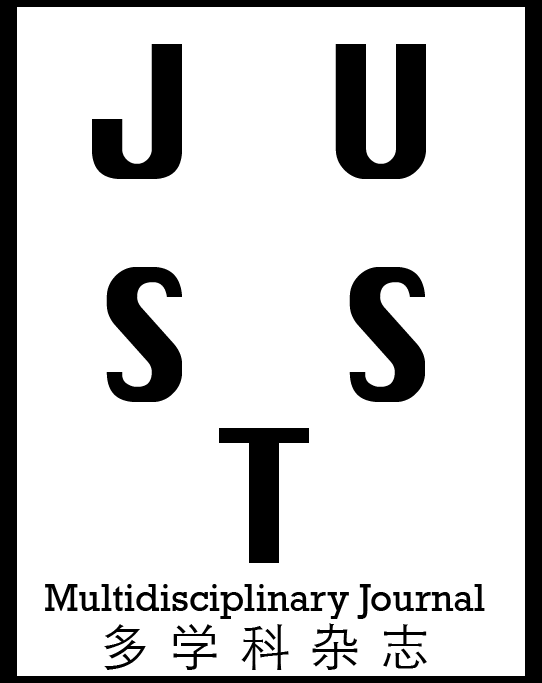Ashwini S Savanth, Dr.P.A.Vijaya
Department of ECE, BNMIT, Bangalore and affiliated to VTU, Belagavi, Karnataka, India.
Dr. Ajay Kumar Nair, Dr. Bindu M. Kutty
Department of Neurophysiology, National Institute of Mental Health and Neurosciences, Bangalore, Karnataka, India.
